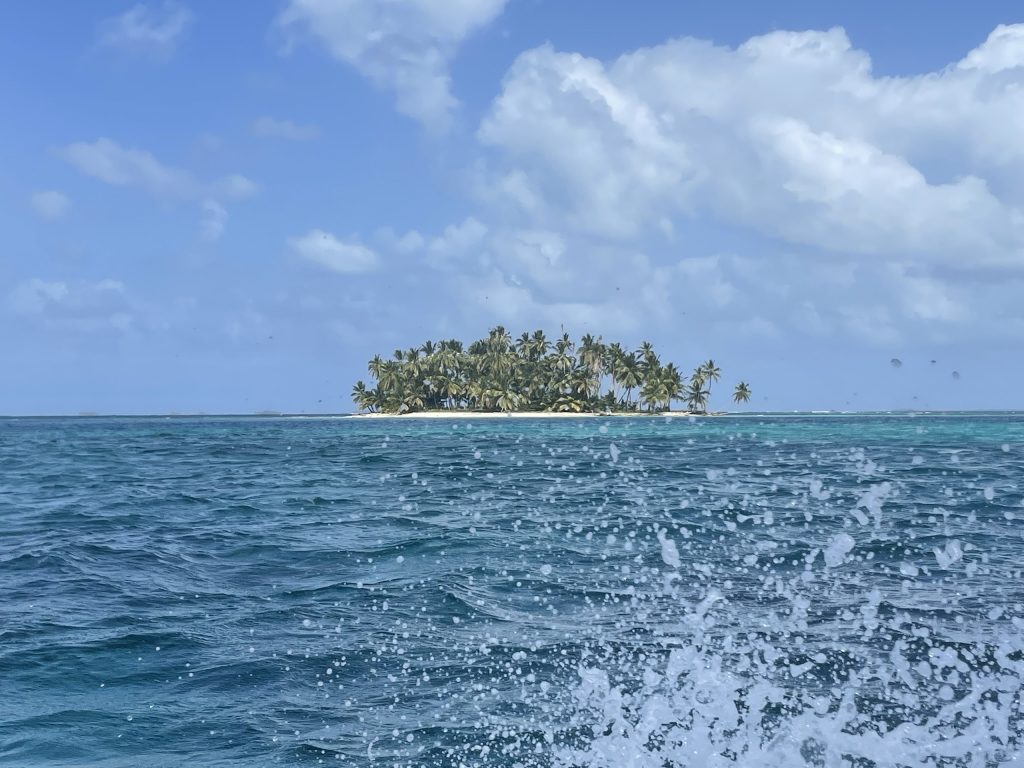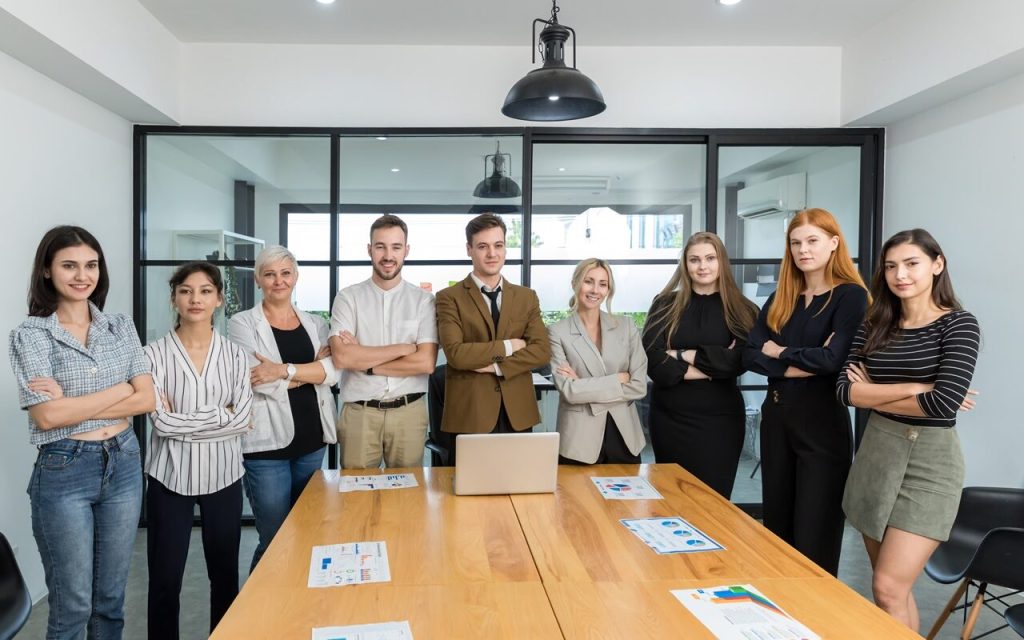
- Travel

An overseas incentive travel trip will certainly be a great motivation for a sales team or group of dealers to compete for high sales, but its success depends on many important factors. To ensure the final outcome exceeds the winners' expectations, aspects such as the choice of location and timing, budget planning, and proper communication should be kept under constant control. Some of these elements may undergo dynamic changes both in the initial stages and during implementation.
The incentive travel calendar is closely linked to its business objective. Both sales contests for salespeople and promotional or loyalty campaigns for clients follow a specific cycle. Most of them conclude in December, at the end of the year. From the perspective of both the reward recipients and the sponsoring company, it is more advantageous to organize the incentive trip as soon as possible, i.e., within 1-2 months after announcing the list of winners. Why? Because the joy of winning fades quickly, along with many positive emotions connected to the sponsor’s brand. The goal of an incentive travel trip is to amplify these emotions and translate them into a lasting business relationship.
Most Polish companies choose to organize their incentive trips to warm destinations—beaches, sea, and plenty of sunshine. Here the first questions arise, because at the beginning of the year it is hard to find a location that is warm enough and within a 5-hour flight from Warsaw. The options are basically the Canary Islands, Madeira, and Egypt.
What is the best approach in this situation? We usually advise our clients to postpone the reward trip. The optimal time for most destinations falls around March-April, while for countries around the Mediterranean Basin it’s May-June or September-October. This period is off-season, but still warm and beautiful, and most importantly, offers a much wider range of options. So how to handle the time gap? An effective way is to use proper communication to announce the trip, for example, a teaser campaign that reveals the incentive trip program step by step, building positive anticipation.
It is worth consulting the choice of destination with an experienced agency specializing in corporate incentive travel. Why? Even for a simple reason – knowledge of climatic conditions. During the trip, the weather should be our ally. Many times we have warned clients against traveling, for example, to the Dominican Republic during hurricane season or to the Maldives when it is cloudy there.
Before deciding on a specific destination, it is also important to know what rewards are offered by the direct competitors of the trip sponsor. Often, such a trip is an added value to a purchase, especially for major clients. If your direct competitor also organizes incentive travel, offering a higher-level experience or a more attractive destination can influence sales results.
A key factor in choosing a destination is also knowing the target group. If the people we want to motivate with the trip offer are simply not interested in it, the entire sales contest will not bring the intended results. It is worth researching what interests our awardees and what travel experiences they have had, especially those related to incentive travel. Then, a tailor-made program can be designed that will fulfill their dreams. It often happens that a seemingly “overused” destination, such as the USA or South Africa, when thoughtfully prepared, makes a huge impression on the participants.
In incentive travel, the rule is: each subsequent trip must be better than the previous one. There is no worse situation than when participants say after the trip, "last time was better." Does this mean that the budget has to increase every year? Of course not. Cost optimization is an unavoidable, common process in companies. The purchasing department wants to spend as little as possible, while the sales department aims to please the client as much as possible.
What to do if the budget for the next year is, for example, half as much? This is a big challenge, especially when clients are used to high standards and exotic destinations. In such cases, we choose closer destinations where transport and logistics are cheaper. Instead, we put great emphasis on preparing an attractive program and unique attractions. It is precisely the event part and the emotional experience that people remember best.
When planning the budget, we must also take into account currency fluctuations. Since the trip is usually planned well in advance, these fluctuations can be significant. It is wise to have a plan B prepared, assuming lower expenses, for example, on the hotel. We also recommend a well-thought-out currency exchange policy supported by appropriate tools available from banks. Remember, incentive travel is a safe tool — the budget for the incentive trip is spent only when a specific sales goal has been achieved.
Presenting the incentive travel offer opens many possibilities, but it will also pose a great challenge. As mentioned earlier, pre-trip communication gives us a reason to communicate regularly with Clients, for example, by gradually revealing individual elements of the incentive trip. Some companies even decide to reveal the incentive travel destination at the very end! The incentive travel proposal must be very attractive but also truthful. The trip should exceed participants' expectations and create a "wow" effect at every step.
Communication does not have to end at the moment of the trip. After returning, we still have the opportunity to share memories and stories, send photos or videos, and refer back to the shared journey. It is worth remembering that poorly managed communication can prevent achieving the business goal related to the trip, while the lack of communication is a missed opportunity to increase the effectiveness of the incentive.
In many cases, it is difficult to clearly characterize the participants of an incentive travel trip. Sometimes we plan a trip for people aged 30 to 70, both singles and couples, with very different travel styles. It is important to remember that we cannot satisfy everyone at once, and a universal program will not impress anyone. In cases of very diverse groups, we suggest organizing, for example, two separate trips or a 3-4 day stay at a luxury hotel with attractions to choose from, for example, via a specially designed app.
Experienced organizers often already have a well-established culture of incentive trips – participants know exactly what to expect. The key is to plan a program so that everyone gains unique experiences and positive memories. To achieve this, a clearly communicated schedule is necessary. If we plan intensive sightseeing, we should not call it relaxation, and if it is an adventurous trip, we should not present it as a luxury journey.
Every one of our incentive travel trips guarantees participants plenty of positive experiences and, above all, a safe journey. We always adhere to basic rules, such as providing life jackets on boats or local guides and armed guards during a safari trip. We also never take clients to places where war is ongoing or there is a high risk of a natural disaster (volcanic eruption or flooding). Every element of the trip must be fully controlled — only then can we deliver the quality that ensures the achievement of business goals.
We recently faced a difficult safety decision when terrorist attacks occurred in Sri Lanka and the Maldives. The Ministry of Foreign Affairs did not issue a clear statement on the matter, and the situation required making a joint decision with the client on whether to proceed with the planned trip despite this tragic event. Ultimately, the risk of further attacks in that location today is no greater than in, for example, Indonesia or Paris. Therefore, together with our client’s management board, we decided to continue preparations for the trip.
Despite the many challenges faced by organizers of incentive travel, the effort is worth it. Incentive travel is a tool for motivating and rewarding that in an unconventional way helps increase sales and build customer loyalty. A well-organized trip is often a milestone in building relationships with key business partners, yielding memories and connections that pay off for many years.
Do you want to learn more about what to keep in mind when organizing an incentive trip and how incentive travel can positively impact your company’s financial results? Watch this video!
Author: Krzysztof Pobożniak, President of Haxel


